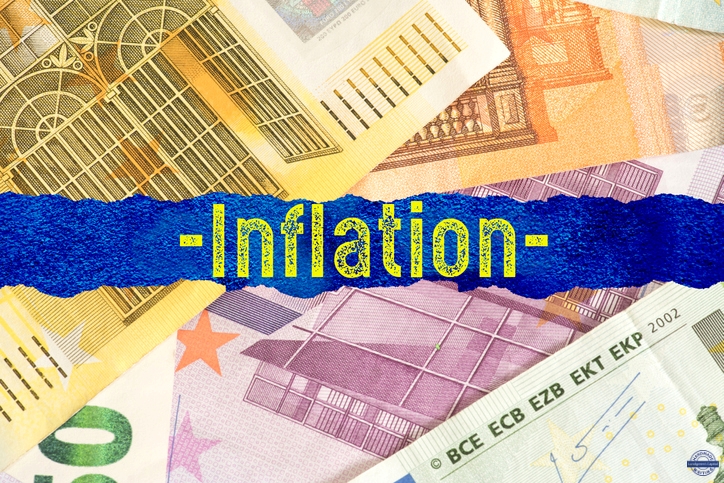The ECB is once again behind the curve
A leading central bank must stay firm when dark clouds cast shadows over the financial markets. On the other hand, it is a common expectation that the central banks must be ahead of the curve, and act prematurely, if needed. It underlines that the demands are very often ambitious in the financial markets.
For a central bank, it means figuring out how to change the monetary policy to act on coming changes in the economy, and to stay put if the economic changes are just temporary.
This seems challenging, and I would say that it is, though it is just one of the many challenges that investors and other participants in the financial markets are faced with every day. One of the extremely important parties in the market is The European Central Bank (ECB), where my impression is that they very often feel challenged – it might be showtime again.
In terms of the monetary policy, the assignment for the ECB is to manage the inflation to be close to, but not above two pct. It does not have to be the easiest task, as part of the swings in the inflation is out of a central bank’s control. In the financial markets, it is widely accepted that a central bank does not react to all kinds of changes in inflation, even big moves can be ignored by the central banks, which is the right decision every now and then.
One current reason for a spike in the inflation is the so-called “base effects”. As the inflation dropped heavily last year, then it almost certain that it will increase the following year, as prices converge back to a normal level. This argument was already brought into the inflation discussion initiated by the former US Treasury Secretary Lawrence Summers in the beginning of this year.
I belonged to the fraction that argued that the steep rise in the US inflation would fade back to normal level, mainly because of the base effects. Lawrence argued that new inflation impulses, like rising energy prices, could take over and prolong the high-inflation period.

My own concern was predominately wage inflation in the service sector in several economies around the world, as the labour market proved to be tight. A wage inflation can truly spread to other parts of the economy and can stay on for long periods. I regard this risk as rising, as the labour shortage is obvious, but suddenly, energy prices are also shooting up. Oil price is at its highest in the past three years, though the rise is after all, modest. Instead, gas and electricity prices are exploding, and emerging bottlenecks in the global supply chain are starting to cause inflation.
Since February, the inflation drivers have become more widespread, and they seem to be more powerful. The US central bank has started to communicate with the financial markets about some sort of tighter monetary policy at some point, not particularly hawkish, but at least changing the rhetoric.
It seems natural, as the whole world is on the move again, partially away from the Covid-19 crisis, and back towards a normal activity level. Even in Europe, consumers are currently showing more strength, like in France (graph one).
I am still not overly afraid of an upward inflation spiral, but inflation is back, and for now, I expect it to remain at a naturally higher level than it has been the last couple of years. An absolute understandable market reaction is to offload bonds, so the yield curve moves up. This time, I could imagine that the yields stay higher for good, as the move in the global economy is visible, which means this time, the German 10-year government yield will probably move up in positive territory again (graph two). Given the changed inflation and growth outlook, it is natural if central banks choose to hike rates, precisely to be ahead of the curve.

Though these observations are an illusion, the ECB says. At a central bank conference on the 28th September, the ECB President Lagarde explained that the current spike in the European inflation is mainly caused by the prior mentioned base effects. This should be the argument for staying put with refinancing rates at a negative and very unhealthy low level, due to what Lagarde said at the conference.
Years prior to Covid-19, the inflation in the Eurozone was swinging around the desired two pct., which gave the ECB plenty of room to increase the ECB deposit rates, in my view the rate should have been at three pct. I keep my long-lasting view that the ECB keeps the rates extremely low to facilitate cheap refinancing for the Southern European economies. The whole financial market is preparing itself for a higher inflation during this period, and this is reflected via rising yield curves. Only, the ECB is not moving, so I argue that the ECB is once again behind the curve, but it is inevitable that the rate hike will come one day. I can only share my experience that investors should avoid investment destinations where the central bank is behind the curve.






